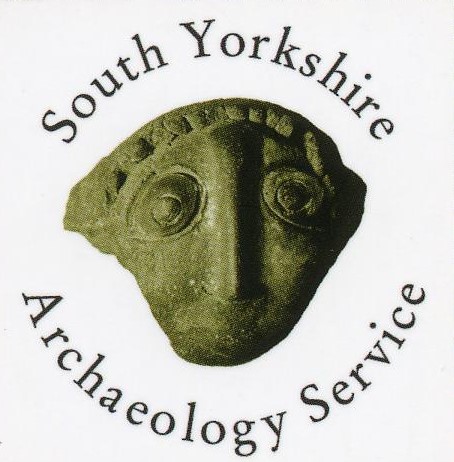Little London Wheel (Rivelin Waterpower Sites)
Location/Address
200m downstream of Glen Bridge, Rivelin Valley Road, Sheffield S6 5PZ
Type
Other site, structure or landscape
Assets that cannot fit any of the other categories. This category includes sites of archaeological interest, where the original form and function may not be apparent without the use of archaeological techniques and interpretation.
Description
Former water-powered grinding Wheel and water management system. One of the Rivelin Waterpower Sites.
Little London Wheel and associated water management system are the remains of a water-powered site that was erected in around 1752. It was one of the smallest sites in the valley and one of the later Wheels to be built. It is thought to have been used for cutlery and file grinding until it was demolished in 1911. The stonework and remains of the building footings and wheel pit are now hard to make out amongst the undergrowth.
The water management system extends to the north-east and south-west of the site of the former mill buildings, feeding from and into the adjacent river. There is a steep stone weir and the former mill dam is largely dry apart from a stream running through from the head goit entry (at the weir) to the well-preserved overflow, which is marked by a small bridge.
The site of the Little London Wheel is about 200 m on the downstream (north-east) side of Glen Bridge (the ‘S Bend’ on Rivelin Valley Road). It is owned by Sheffield City Council and there is open access. A public footpath (the Rivelin nature and heritage trail) passes the site and runs along the dam wall. The trail can be accessed from various points along Rivelin Valley Road, or from the north (Stannington) side of the valley.
A marker post installed at the site by Rivelin Valley Conservation Group gives a brief history and links to a website where further information and pictures can be found. An information board with pictures explains the history of the site.
Little London Wheel is one of the 20 water-powered mills built in the Rivelin Valley. This sequence of Rivelin mills and mill dams forms an essential part of Sheffield’s heritage. They also have a broader national and even international significance in relation to the history of the Industrial Revolution in Sheffield.
Further information and pictures of Little London Wheel and other sites in the Rivelin valley can be found at https://rivelinvalley.org.uk/rivelin-trails-2/. See also the books ‘Walking the Rivelin’, by Sue Shaw and Keith Kendall (6th edition, 2019, Rivelin Valley Conservation Group) and ‘Water Power on the Sheffield Rivers’, by C. Ball, D. Crossley, N. Flavell (Editors), (2nd Edition (2006), South Yorkshire Industrial Society).
Statement of Significance
Age
Erected in around 1752. Demolished in 1911.Rarity
This asset is an integral part of an especially rare system of waterpowered sites, described in more detail in the Rivelin Waterpower Sites asset.Architectural and Artistic Interest
This site is one of a group that collectively and individually demonstrate the construction techniques and interrelationships of waterpowered sites, described in more detail in the Rivelin Waterpower Sites asset. The tail goit of Nether Cut Wheel runs into the head goit of Little London Wheel (next downstream). These are techniques used to enable high density exploitation of a river that is especially characteristic of upland streams such as those in Sheffield during a period of unprecedented industrialisation.Group Value
This site contributes to the significance of the Rivelin Waterpower Sites asset and to the waterpower sites on other rivers in the city, and is integral to an understanding of the role and impact of waterpower in Sheffield. Nether Cut and Little London Wheels have group value as the tail goit of the former feeds the head goit of the latter directly.Historic Interest
This site is of historic interest in its illustration of the uses of waterpower, central to the reputation fame and identity of Sheffield; the many and varied uses for waterpower; the industrial development of the area; the impact of communications and topography; the lives and trades of working people; and the practice and policy of landowners, This is described in more detail in the Rivelin Waterpower Sites asset. It was one of the smallest sites in the valley and one of the later Wheels to be built, showing how the increasing demands of industry created a need to exploit even less suitable sites.Archaeological Interest
This site has the potential for underground remains that with further investigation could reveal their development over time, including changes of use and the evolution of industrial processes and construction techniques. Because the sites were not overtaken by later industrial development, any remains are likely to be relatively intact.Landmark Status
The Rivelin Valley is an extremely popular leisure destination for local people, largely defined by its waterpower remains, including this site.Images and Documents
Date Listed
15 Aug 2022
Last Updated
19 Apr 2022
Comments and Feedback
Do you have any questions or more information about this record?



.JPG)

%20resized.jpg)
